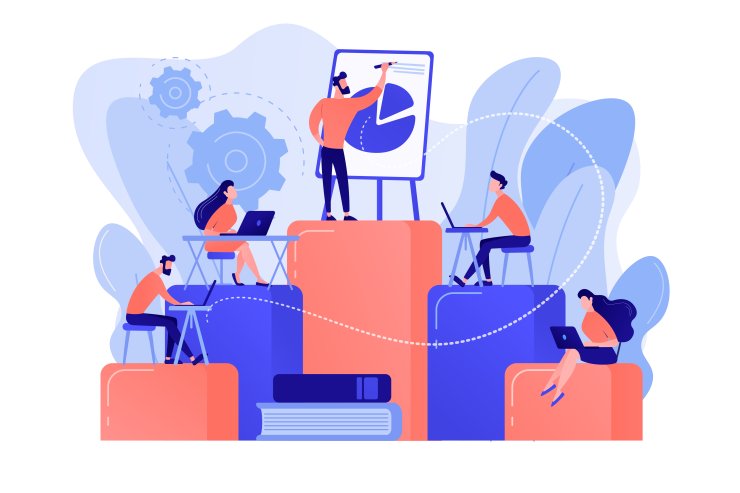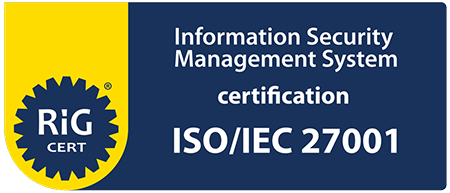When most people are looking for a new job, what determines their final decision whether or not to accept a position in many cases is the opportunity for development provided by the company. Very often, candidates are interested in whether they will be trained, the prospects for developing their potential within the organization, the career tracks available, and whether they will receive the necessary support and understanding from their leaders.
HR leaders, who quite often perform career mentor functions play a crucial role in employee development. It is essential that they observe and effectively support employees on their career paths. If leaders do well in this task, there will be a huge positive impact on the commitment and passion for work of the people in the company. Be sure that the increased employee engagement will be noticed by your customers bringing benefits for the whole organization.
Remote development navigation
Today, many leaders are faced with an unusual challenge that they may not have encountered before. This is the remote leading of teams with employees working from their homes without walking around the office and chatting with their team members in person. Some people have switched to this mode of work quite easily and somehow naturally, but others are still experiencing difficulties and struggle with it.
And when we talk about career counseling, this environment for many leaders who thrive on in-person connections and "seeing" the work in action may have led to some communication complications regarding the employees' career development dialogue.
The good news is that remote work has been around for decades, although some companies did not actively implement it before the pandemic. Many organizations have successfully thrived in a remote or hybrid work environment, and leaders worldwide learn fast how to support and manage their employees effectively, whether across a shared office or across state borders, or different time zones.
While the live presence in the office allows, for example, having small, unplanned hallway conversations, which are easier and less effort-consuming, the core concepts for supporting your team are the same as when you are sitting in two different locations meetings. What needs to be changed is just the approach. You have to be more purposeful and present when interacting with your team members remotely.
We all have successfully and relatively quickly adopted the use of video calls. And while video fatigue is something that many of us have already experienced on our own, there is no doubt that video conversations are one of the best things we have for real-time in-person communication.
As many companies will continue to operate in a remote or hybrid work environment, we offer to you these 4 simple ways leaders can encourage employee development and allow them to take control of their individual career journey:
Talk: Initiate career conversations. Include this topic into everyday conversations or weekly meetings with your employees. The more often you bring this matter up, the less stressful and intimidating the dialogue may feel when you are not physically face-to-face.
Listen: Pay attention to the keywords and phrases you hear from your employees. Perhaps they seem interested in a new area of the company's business or are struggling with certain parts of their role and could need additional training or support. Whether remote or in-person, with the "listening," of course, comes "watching." Be aware of the body language of your people, facial expressions, and overall mannerism when they talk about certain aspects of their role, development, or career. Sometimes what matters is not what they say but the way they say it. This is precisely how you can catch the opportunity to provide your support.
Act: Share your observations and make recommendations. Point your team members to learning courses or trainings that can help them improve their skills. Assign them tasks that are outside of their everyday tasks or projects. It will help them grow professionally and give them exposure and new learning opportunities.
Connect: Enable your employees to connect with other colleagues in the organization. Be purposeful in fostering these connections on both leadership and employee level. For example, leaders of different teams can provide invaluable feedback to one another and offer an interesting perspective on issues that bother their colleagues from other departments. The same goes for employees. It is vital that they communicate with each other because great ideas that differentiate one company from another are born in the process of effective communication.
The events of the last year and a half have proved that the remote work model works quite successfully. We see that many companies embrace the hybrid work model as something completely normal while keeping on moving forward and redefining the work environment. However, regardless of the location or the working mode, to effectively attract and retain top talents, leaders in your company need to be trained and know how to support employee development and growth.




